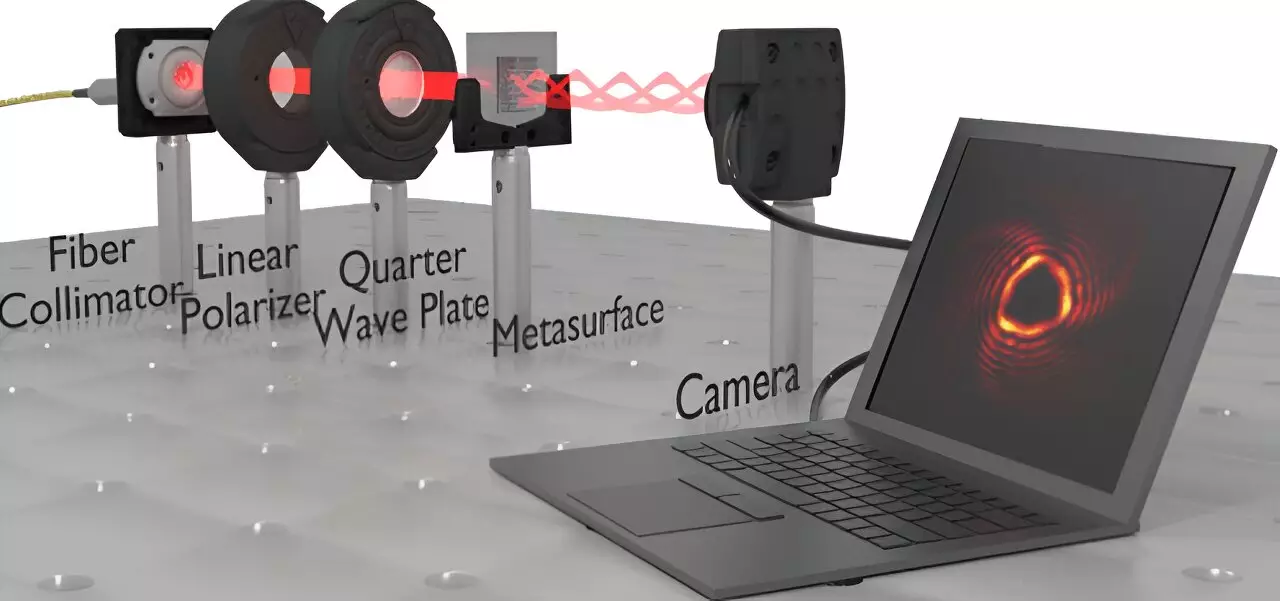In an exciting leap forward for optical technology, researchers at the TMOS, part of the ARC Center of Excellence for Transformative Meta-Optical Systems, have unveiled a groundbreaking optical system that could change how we interact with light. The core of this innovation lies in the development of metasurface-enabled tractor beams—an ambitious project that pulls inspiration from the fantastical technologies of science fiction. The team’s latest publication in ACS Photonics reveals their findings on solenoid beams crafted from a remarkably thin layer of nanopatterned silicon, setting the stage for both practical and theoretical advancements in this field.
From Science Fiction to Reality
Historically, the concept of tractor beams has been confined to the realm of imagination, serving as a compelling element in films and literature. Yet, with this new research, we find ourselves on the cusp of transformative applications. The solenoid beam they devised serves an essential function: instead of merely pushing particles away, it can actually attract and pull them toward its source. This dual functionality has ramifications for various fields, including medicine, where the ability to non-invasively manipulate tiny particles could redefine how biopsies are performed.
Overcoming Technological Limitations
One of the significant hurdles in developing practical tractor beams has been the cumbersome equipment required to generate solenoid beams. Traditionally, bulky special light modulators (SLMs) were indispensable, tethering this technology to large setups that limit mobility and versatility. The research from the University of Melbourne circumvents this issue with a compact metasurface that is about 1/2000 of a millimeter thick. This radical reduction in size and weight brings forth the potential for handheld devices capable of performing complex tasks that were once relegated to heavily apparatus-dependent scenarios.
Engineering the Future
The engineering behind this innovation is compelling. By using electron beam lithography combined with reactive ion etching, the researchers created a precise phase hologram that maps the desired solenoid beam pattern. This intricate process allows for unprecedented control over the properties of light, ensuring that approximately 76% of the incoming Gaussian beam is transformed into the targeted solenoid beam, while the remaining light is unobtrusive. Such efficiency not only signifies a feat of optical engineering but also opens pathways for diverse applications in real-world contexts, from biomedical devices to advanced photonic systems.
Endless Possibilities Ahead
Lead researcher Maryam Setareh expressed optimism about the future implications of their findings, stating that the compact design paired with impressive efficiency could herald a range of innovative applications. As we stand at this intersection of technology and medical science, it’s undeniable that these advancements in light manipulation will foster new methods of interaction with the microscopic world. The journey from imaginal concepts in fiction to tangible scientific breakthroughs signals a new era in technology, where light itself can be harnessed to achieve once-unimaginable feats. The horizon of possibility is broad, and the implications of these metasurface-enabled tractor beams are as ambitious as they are exciting.


Leave a Reply